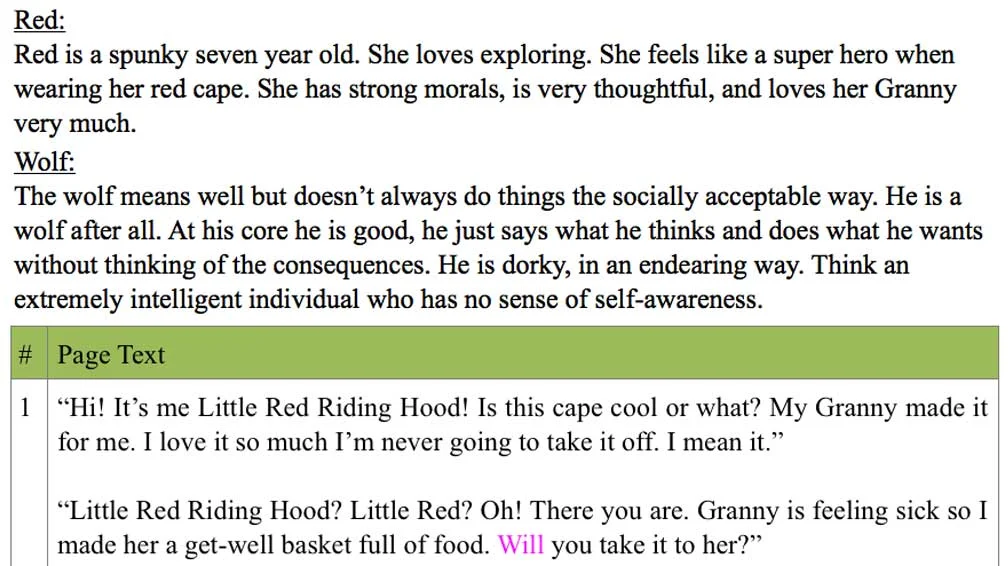SPEAKABOOS
Art directing interactive and animated original storybooks
Role: Art Direction
Speakaboos created more than 30 original interactive animated stories for children age 2 to 8. All animation and interactivity was carefully crafted to support engagement and comprehension of the story. In my role as the Art Director, I determined the overall style or look desired for each project and articulated this vision to illustrators, graphic artists and animators.
Wanting to build a catalog of beautiful stories that would set Speakaboos apart from its competition, the Animation Director, developers and I collaborated closely together to stretch the limits of what type of artwork could be animated beyond the straight-forward vector art created in Adobe Illustrator. We used textured artwork created in Photoshop that we vectorized for animation purposes (Little Red Riding Hood), watercolor artwork (Muddy Monsters), and even 3D CGI renderings (Thomas the Tank Engine).
Overview of the art direction process
Here is an overview of the art direction process for one of the funnest story we retold at Speakaboos, Little Red Riding Hood.
Press the play button to see how Little Red met the wolf
Animation: Titmouse Studios
Illustrator: Hannah Marks
Music and Sound Design: Robert Hahn
Finding an Illustrator for the story
The characters’ personality, the settings, the pacing of the action and the tone of the dialogues all inspire the vision for the look and feel of the story. I think of the characters, with their unique body shape and facial features, as actors who will be able to emote the particular tone of the story. I also look at the background needs to better tell the story. I also look for expressive, unique artwork that will enhance our catalog and set us apart from our competition. The Animation Director and I also evaluate the unique technical advantages or challenges of a particular style of artwork.
In order to get the larger team on board with the artistic vision for the story, I collect specific examples of artwork that would be suitable for the story. Once a direction is agreed on, I discuss timeline and budget with several illustrators to find the right fit.
The manuscript
I come up with several recommendations for illustrators, and the team and I weight the pros and cons of each of them
GETTING THE ART ANIMATION-READY
Early sketches for the whole cast of characters
Hannah Marks, the illustrator for Little Red Riding Hood, works digitally in Photoshop and incorporates unique photographic textures to her artwork. Coming from a print background, she nonetheless quickly understood the process and requirements of making digital art for animation. The Animation Team and I collaborated and researched how we would open up the raster shapes created in Photoshop and translate them to vector art filled with photographic textures in Flash/Animate.
At Speakaboos, we kid-test the story at 2 different stages of completion, and incorporates the research findings in our work before completing a story.
All character art is set up as a turn-around, with several sets of mouth shapes, eye-lids. Separate texture cards are provided to the animators in order for them to create additional in-betweens.
I used my animation and illustration background to pitch in and create mouth shapes for the wolf lip-synch. I love the challenge of working in someone else’s unique style.
Kid-testing to refine the Art
A freelancer or the in-house designer create sketches for initial kid-testing
The results of kid-testing make their way into the manuscript, and into the next round of sketches created by the illustrator of the story
The action is too far from the user. Luckily, the illustrator works at twice the resolution and can implement the changes without having to redraw the art
Final touches: A check on the background/characters relationship. Can you spot the 100 differences?











